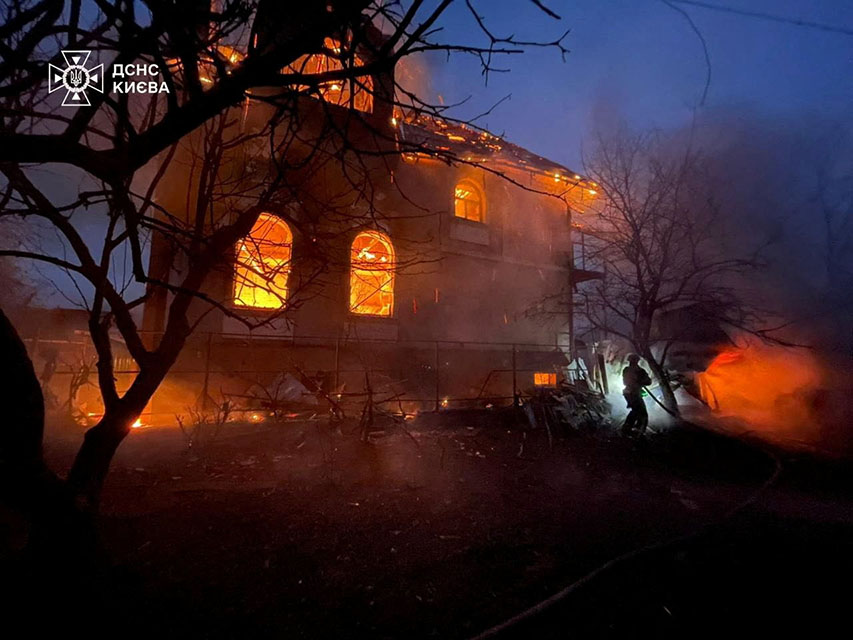Paphos and Limassol are the districts most under threat of summer water supply interruptions, acting Water Development Department (WDD) director, George Kazantzis said on Monday.
Elsewhere Agriculture Minister Maria Panayiotou had told the Cabinet last week that the country is facing its third year of drought and outlined the government’s actions to avoid water cuts, despite the alarmingly low reservoir levels [25 per cent in total capacity].
“The year 2025 marks our third consecutive drought year and represents the eighth worst period for water reserves in the past five decades,” Panayiotou said.
“There is no doubt it will be a difficult summer,” Kazantzis echoed to the CyBC, adding that Paphos and Limassol would be the hardest hit.
The department is working in collaboration with local authorities in a bid to stave off the worst – a need for water rationing – during the months of May, June and July.
Nicosia, Larnaca and Famagusta would have sufficient supply, Kazantzis said, “barring any unforeseen incidents”.
However, in Paphos and Limassol, while water cuts were “not yet viewed as inevitable” the situation was “hard to ascertain”, the engineer said, since it is not yet possible to predict exactly how much water would be made available from known springs or new boreholes, nor how successful public water conservation efforts will be.
The boreholes are to function as a reserve, Kazantzis said, should all current domestic water resources dry up entirely. He added that efforts were being made to curb pipe leaks and find ways to increase the efficiency of reservoir water storage.
Thus avoiding the worst in these districts, will hinge on the public’s water usage habits, Kazantzis said.
“The situation [in Paphos and Limassol over the summer] will depend to a very large degree on the curbing wasteful habits,” the director said, underscoring that limiting usage to “essentials” was the only fast-acting solution to the problem.
“We have run a number of [simulated] scenarios and a realistic scenario is that the current water supply [island wide] will last us through the end of the year and a bit into next year,” he said. If in 2026 the current drought conditions continue, however, the situation will turn critical.
Among medium-term mitigation measures Kazantzis listed the building of small desalination plants in tourist areas, to which hotel operators would be expected to contribute, encouraged by a government subsidy.
Last year Cyprus saw four million tourist arrivals. In view of the current water crisis voices questioning the wisdom of the state’s push for yearlong tourism –sending numbers unpredictably higher – have turned louder.
As an example, the community of Peyia in Paphos hosts a permanent population of around 7,000, which surges to at least 20,000 on any given day during the summer season, Akamas mayor Marinos Lambrou told the Cyprus Mail.
Water cuts will have to be imposed starting in May on all households and business supplied from the Asprokremmos refinery, Lambrou said.
Local bodies are anxiously awaiting the outcome of the bidding process on Tuesday for a new mobile desalination plant to be built in Kissonerga in the Potima area.
However, the plant is not expected to operate until November, leaving the acute issue of the summer months unsolved, and a dependence on supplementation of drinking supply only from boreholes, for locals and tourists alike.
Peyia is served mainly from the Asprokremmos refinery, which produces 30,000 cubic metres of water per day, while 40,000 cubic metres are needed to meet demand, Lambrou said.







Click here to change your cookie preferences